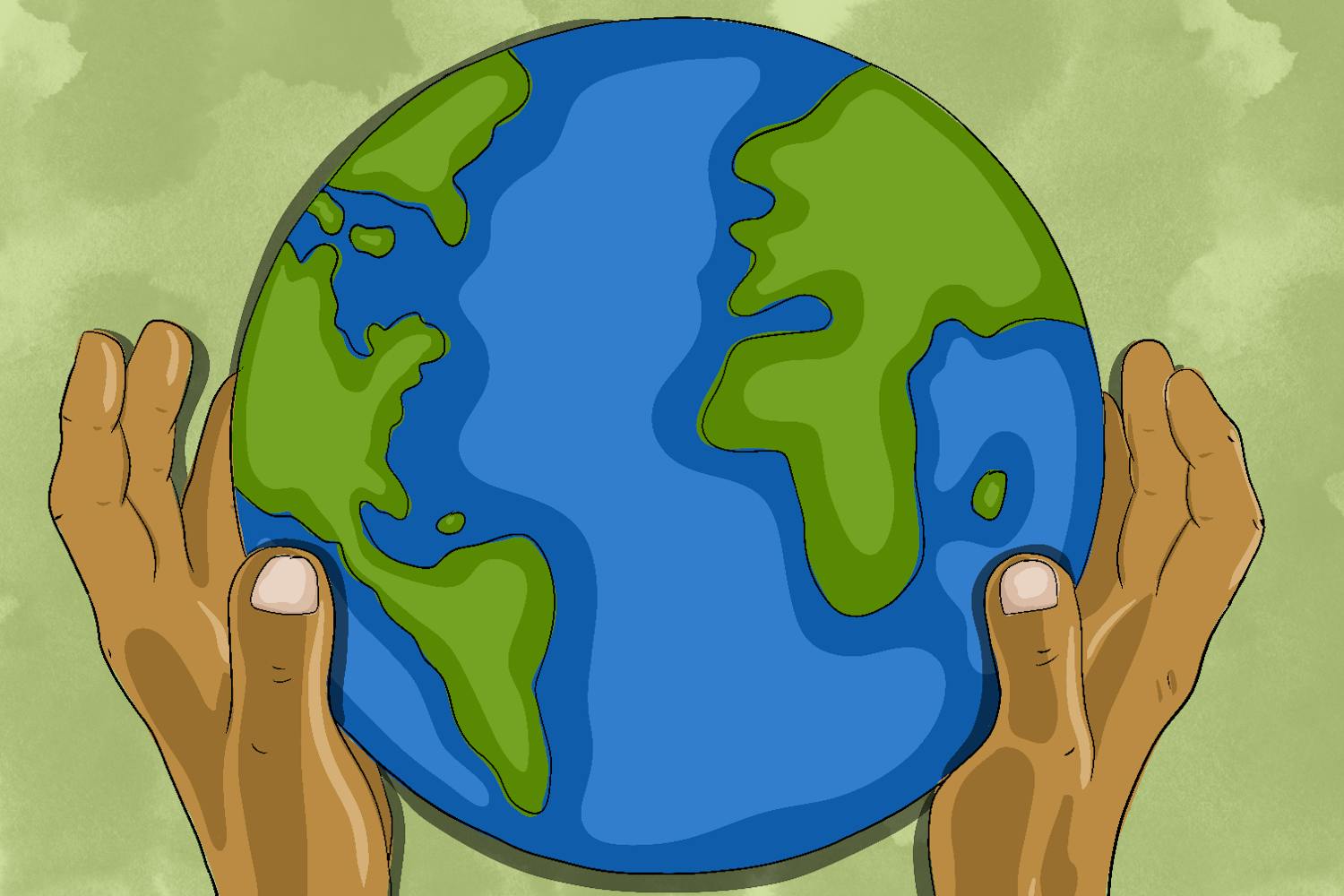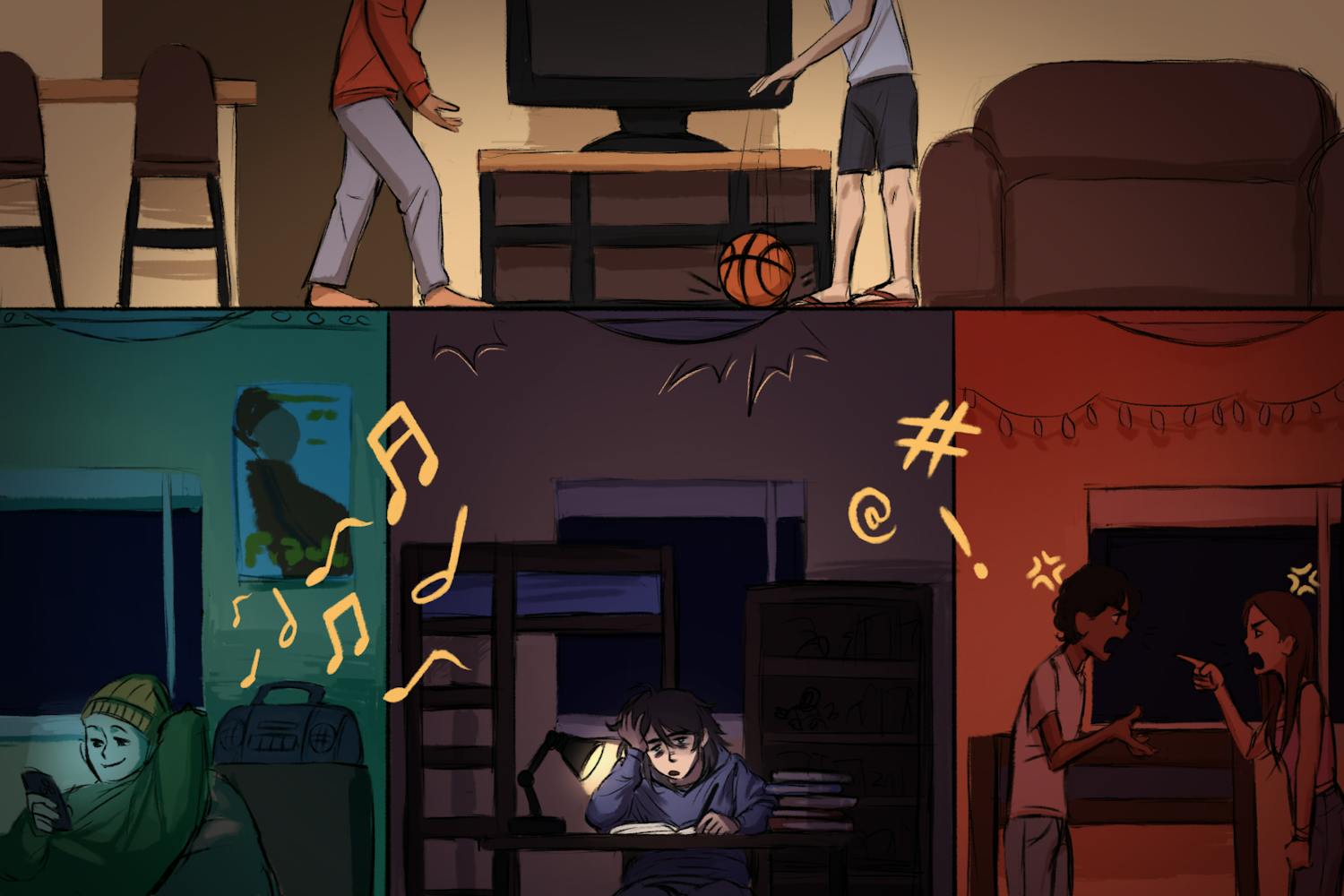Last weekend, most of us were probably at a party dressed up as our favorite celebrity or superhero, watching a scary movie or screaming with fright at a haunted house.
But how many of us were celebrating Samhain, the Celtic pagan harvest holiday of fall, the ancestor of the now drastically different Halloween?
The answer is: increasingly more of us than we probably thought.
Since the rise of the major world monotheistic religions, Judaism,
Christianity and Islam, and of secular culture, pagans have gotten a pretty bad rap. When we switched to one God or no god at all, we labeled pagans as heathens and idol worshipers, connoting uncivilized primitiveness and even evil.
And yet, the last half-century has seen the rise of Neo-paganism in America, a revitalization of pagan traditions in the form of such religions as Wicca, Druidism, Feri Tradition and Church of All Worlds.
Neo-pagan religions return to polytheistic, pantheistic or animistic beliefs and practices.
Although it isn’t easy to count up the neopagans in America, censuses conducted by City College of New York reported in 1991 that there were only 8,000 Wiccans, but by 2001 that there were 134,000 Wiccans, 33,000 Druids and 140,000 pagans, according to The New York Times. Some maintain the true number of neopagans in America could be anywhere from half a million to a million.
Why do we see an increased interest in a seemingly outdated worldview?
Perhaps people are drawn to paganism because of the reverence for life and the in-tuned-ness with natural cycles of the Earth. One of the basic tenets of Wicca, a witch-craft based religion that gained popularity in the 1950’s, is harmony, the idea that one is meant to “perceive rhythms in the patterns of the sun, moon and seasons … and to live in harmony with them.” The pagan concepts of mother earth and female divinity also became particularly important in the 1970’s to the rhetoric of the emerging environmentalist and feminist movements.
While pagan traditions have tended to be holistic, incorporating people with nature, the monotheistic religions been more dualistic, instituting a divide between people and nature, in which people dominate. The historian Lynn White Jr. wrote in his famous and controversial essay “The Historical Roots of Our Ecological Crisis,” that this monotheistic dualism is the reason why we trash our environment.
He boldly argued, “By destroying pagan animism, Christianity made it possible to exploit nature in a mood of indifference to the feelings of natural objects.”
Perhaps White’s views were too extreme — plenty of Jews, Christians, and Muslims interpret their traditions as requiring them to take good care of the earth as well. But White had a good point; pagan traditions recognize the interconnectedness of man with nature. This worldview requires a strong environmental ethic, which we so badly need today as we face environmental exploitation and degradation.
So don’t get me wrong; I’m not telling us all to drop our religions and become pagans. I’m just suggesting we take a closer look at pagans before we write them off as primitive heathens. They are becoming more common and established in America, and they may have some valuable lessons to teach us about how we interact with the natural world. And don’t forget, they did give us Halloween.
Reach Hannah at hannah.wasserman@asu.edu.



